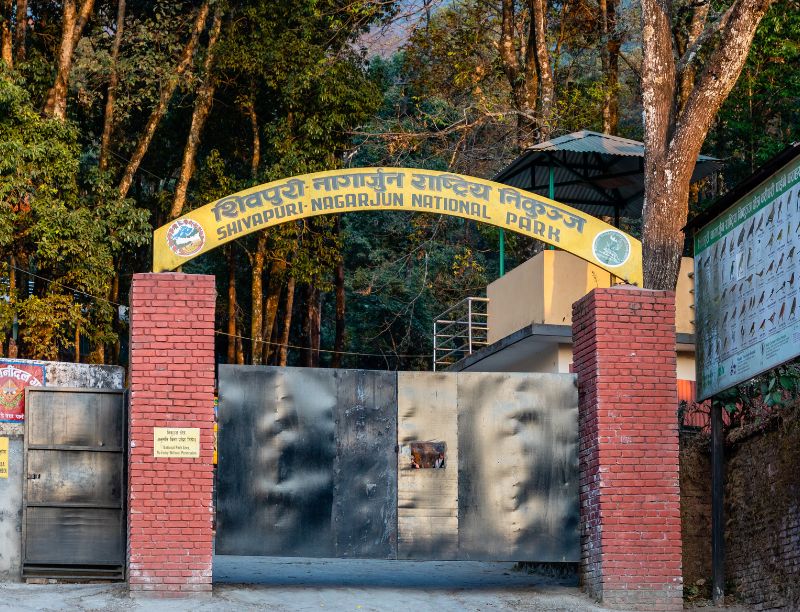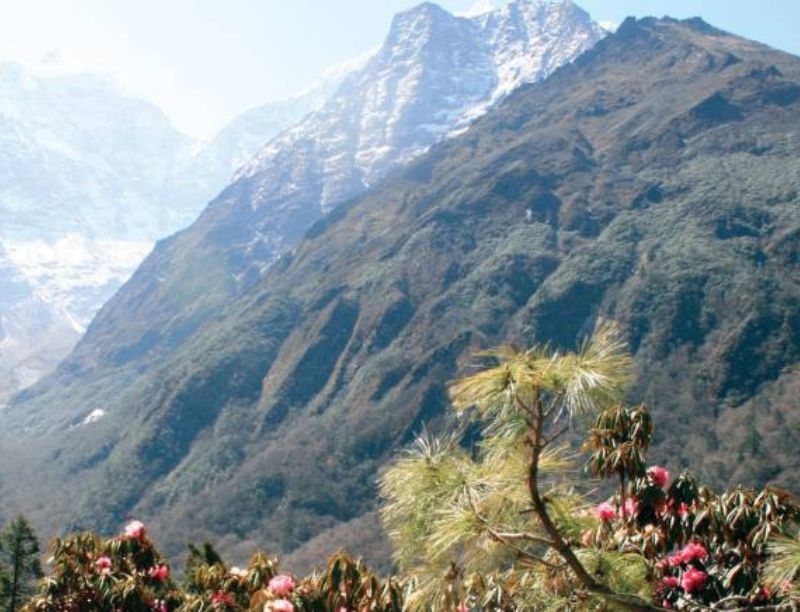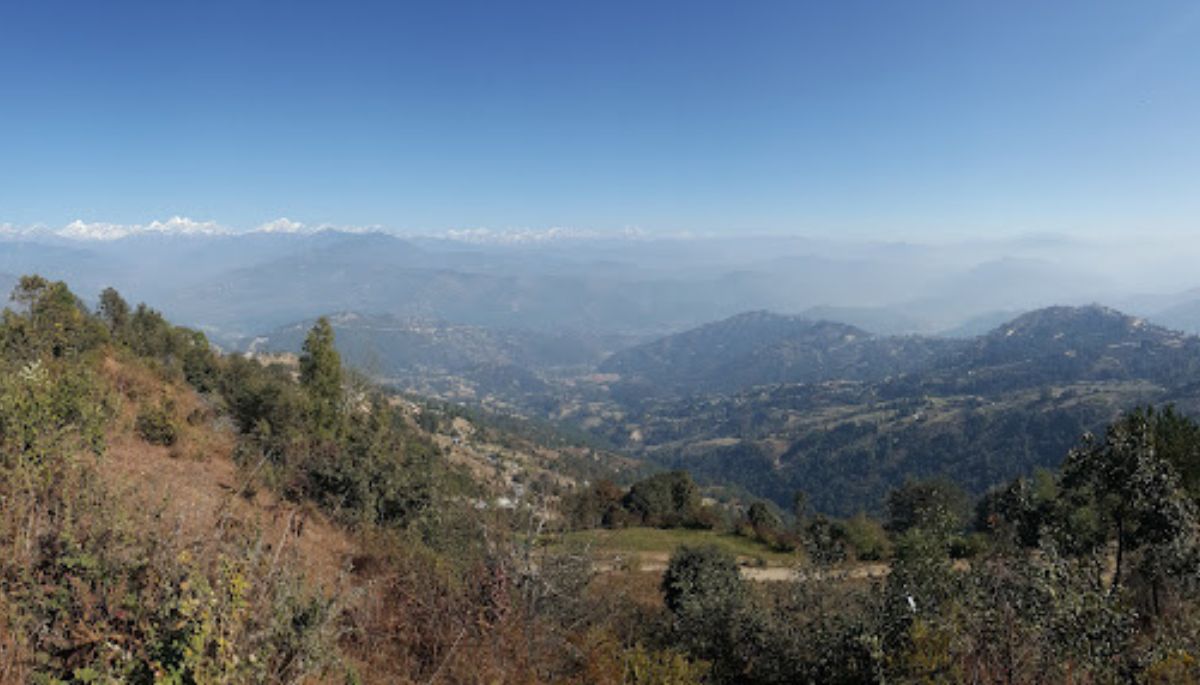Introduction
Nestled in the heart of Nepal, the Kathmandu to Nagarkot hiking trail offers a perfect blend of natural beauty, cultural heritage, and adventure. The journey from Kathmandu to Nagarkot is a relatively easy hike, making it accessible for both novice and experienced trekkers. This piece will examine the specifics of this picturesque hike, including the route, key attractions, and practical tips for making the most of your trekking experience.
The distance between Kathmandu and Nagarkot is 29 km. The road distance is 28.8 km, and it often takes six to eight hours to complete, based on your speed and the path you select. The trail starts from Sundarijal, a small village on the outskirts of Kathmandu. It winds through forests, fields, and villages to Nagarkot, famous for breathtaking Himalayan sunrise and sunset views.
Also Read: Kathmandu to Gosaikunda Trek A Journey Through Nepal’s Majestic Landscapes
Starting Point: Sundarijal
Sundarijal, located about 15 kilometers northeast of Kathmandu, is the starting point for the trek. It is easily accessible by public transport or taxi. Sundarijal is known for its beautiful waterfalls and acts as the entrance to the national park Shivapuri, a protected area rich in biodiversity. As you begin your hike from Sundarijal, you will immediately be greeted by the soothing sounds of flowing water and the fresh scent of the forest.
Shivapuri National Park
One of the Kathmandu to Nagarkot hike highlights is traversing Shivapuri National Park. The 159-square-kilometer park has various plants and animals, including oak, rhododendron, and pine trees, deer, monkeys, and many bird species. The park offers a serene and refreshing environment, making it a delightful experience for nature lovers.

Chisapani: The First Stop
After a few hours of trekking through the forested trails of Shivapuri National Park, you will reach Chisapani, a small village at an altitude of 2,165 meters (7,103 feet). Chisapani is a popular trekking stop, offering stunning views of the Langtang range and the surrounding valleys. It is ideal for resting, eating, and soaking in the panoramic vistas. There are several teahouses and lodges in Chisapani where you can spend the night if you wish to break your journey into two days.
Trekking to Nagarkot
From Chisapani, the trail continues towards Nagarkot. This part of the trek takes you through terraced fields, dense forests, and traditional Tamang and Newari villages. The route is relatively undemanding, with gradual ascents and descents, allowing you to enjoy the journey without too much physical strain.
Highlights of Nagarkot
At 2,175 meters above sea level, Nagarkot (7,136 feet) is one of Nepal’s most popular hill stations. It is well known for providing expansive views of the Himalayas, including Mount Everest, on a clear day. The main attraction in Nagarkot is the sunrise view, where the first rays of the sun illuminate the snow-capped peaks, creating a breathtaking spectacle. Many visitors enjoy the sunset views, where the mountains are bathed in a golden hue.
In addition to its natural beauty, Nagarkot offers several points of interest, including the Nagarkot View Tower, which provides a 360-degree view of the surrounding landscapes. Several short hiking trails around Nagarkot are also ideal for discovering the local wildlife and flowers.
Cultural Experience
The Kathmandu to Nagarkot hike is a journey through beautiful landscapes and an opportunity to experience Nepal’s rich cultural heritage. Travel through old-fashioned communities, observe local life, interact with friendly villagers, and participate in customs and traditions. The Tamang and Newari communities in this region are known for their unique culture, traditional architecture, and warm hospitality.
Practical Tips for the Hike
To guarantee a seamless and delightful hiking experience from Kathmandu to Nagarkot, consider the following practical tips:
- Best Time to Hike: The best time to undertake this hike is spring (March through May) and fall (September through November). The weather is usually pleasant, offering excellent views. Avoid the monsoon season (June to August) due to high rainfall and slick terrain.

- Permits: Since the trail passes through Shivapuri National Park, you must obtain a park entry permit. This can be acquired from Kathmandu’s Nepal Tourism Board office or the Sundarijal entrance gate.
- Accommodation: Several teahouses and lodges are along the trail, so booking your accommodation in advance is advisable, especially during peak trekking seasons. In Nagarkot, various options range from budget guesthouses to luxury resorts.
- Packing Essentials: Pack light but ensure you have the essentials, such as comfortable hiking shoes, a good-quality backpack, warm clothing (especially if trekking in the colder months), a rain jacket, sunscreen, a cap, a food bag, and a reusable water bottle. Take along your camera to immortalize the breathtaking vistas.
- Physical Preparation: Although the hike is relatively moderate, being in reasonable physical condition is always a good idea. Some prior hiking experience or regular physical activity will make the journey more enjoyable.
- Hydration and Nutrition: Stay well-hydrated throughout the hike and carry energy-boosting snacks like nuts, dried fruits, and energy bars. Along the route, several teahouses offer traditional Nepali meals and refreshments.
- Respect Local Culture: As you pass through local villages, respect the local customs and traditions. Always ask for permission before taking photographs of people, and be mindful of cultural sensitivities.
Conclusion
The Kathmandu to Nagarkot hike is a delightful adventure that provides the ideal blend of scenic natural splendor, cultural richness, and physical activity. Whether you are a seasoned trekker or a novice looking for a rewarding day hike, this trail promises an unforgettable experience.


0 Comment